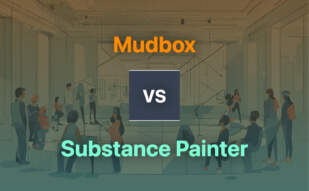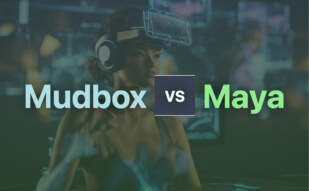For advanced 3D modeling, animating, and texturing, Modo with versatile features emerges as a superior choice. However, Mudbox, with its cost-effectiveness and powerful sculpting tools, suits budget users and 3D art beginners.

Key Differences Between Modo and Mudbox
- Modo incorporates extensive features for modeling, animation, and texturing. Mudbox excels in digital sculpting with powerful brushes.
- Mudbox is part of Autodesk, ensuring high compatibility with other Autodesk software. Modo offers integration with Maya, 3ds Max, Adobe Photoshop.
- Modo’s subscription and upgrade-based pricing contrast Mudbox’s competitive $90/year rate.
- Modo allows workflow customization, rapid iteration, procedural modeling, while Mudbox follows a non-destructive workflow with detailed sculpting options.
- Modo empowers with Planar Decals, Seam Decals, Triplanar Texturing, and MeshFusion advanced Boolean operations. Mudbox uses Catmull-Clark subdivision for poly increase.
| Comparison | Modo | Mudbox |
|---|---|---|
| Type | 3D modeling, animation, texturing, rendering software | 3D sculpting and painting tool |
| Compatible Platforms | Windows, Linux, macOS | Windows, macOS, Linux |
| Integration | Integration with popular software like Maya, 3ds Max, Adobe Photoshop | Great compatibility with Autodesk’s other software |
| Community | Established community, extensive training resources available | Large user base, used by renowned companies |
| Pricing | Subscription and upgrade-based pricing model | Subscription-based, $90/year |
| Rating | Well-reviewed software, rated 4.5 out of 5 across multiple platforms | Used in professional film production, Intermediate level program |
What Is Modo and Who’s It For?
Emerging from the union of Luxology LLC and Foundry, Modo is a professional-grade 3D modeling, animation, texturing and rendering software. Initially conceptualized by a team of engineers who brought you LightWave 3D, it’s a technological masterpiece based out of Mountain View, California. From Primitive Slicing to Shader Tree enhancements, Modo offers an array of sophisticated tools housed in a user-friendly interface. It’s a software chock-full of powerful features aimed at technocrats in the footwear design industry, such as New Balance, and the competitive realm of mobile gaming, with companies like Wooga.

Pros of Modo
- Advanced tools for 3D modeling, animation, texturing, and rendering.
- Seamless compatibility with Windows, Linux, macOS.
- Customizable workflow with options to build custom tools, gestures, scripts.
- Abundant educational resources and tutorials.
- High-speed rendering previews and editable rig compatibility.
Cons of Modo
- Based on a subscription and upgrade pricing model. Not a one-time purchase software.
- High learning curve due to comprehensive features.
- May require advanced computer specs for optimal performance.
What Is Mudbox and Who’s It For?
Mudbox, a brainchild of Skymatter, is a digital sculpting software tailored for 3D artists on a budget and newcomers to 3D art. This budget-friendly alternative to ZBrush first came to fame in cinematic giant King Kong (2005). With its straightforward interface and easy-to-use features, Mudbox caters to the budget-conscious artist while delivering quality synonymous with industry leaders like Epic Games and Blur Studio.
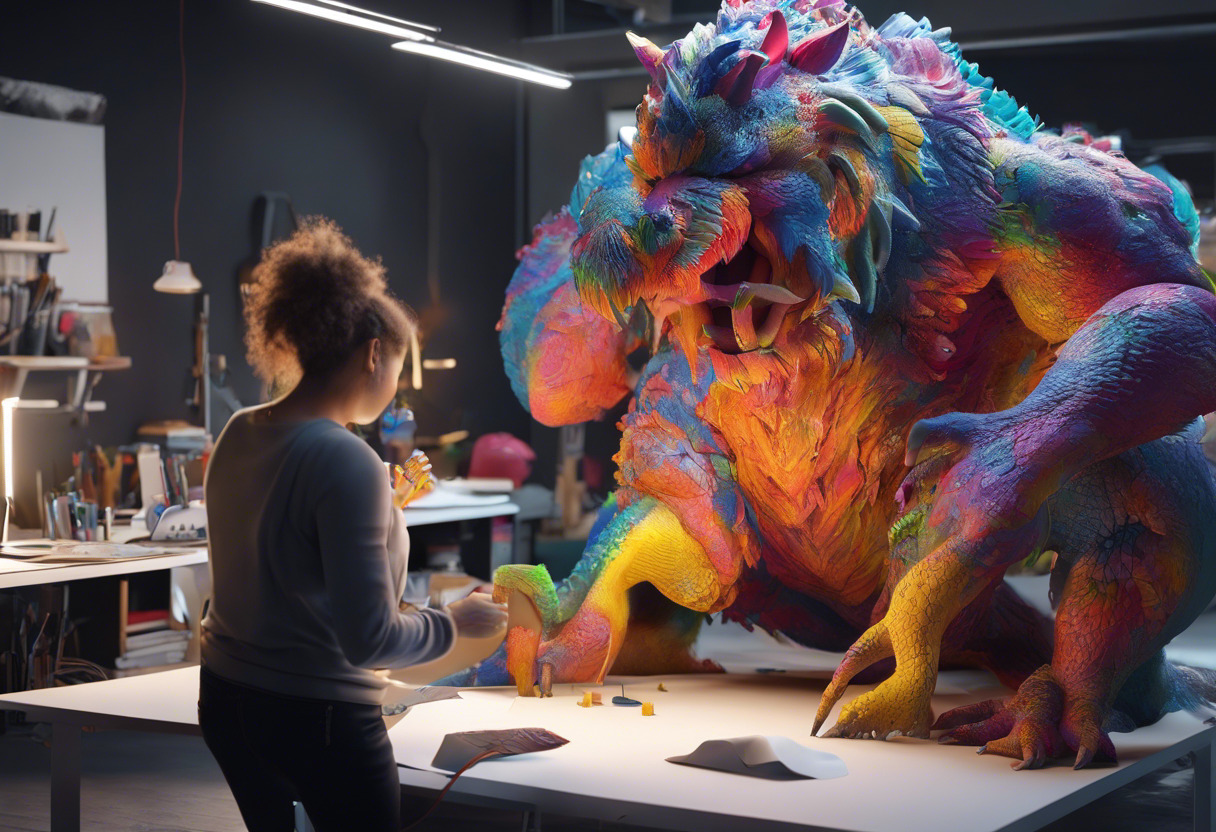
Pros of Mudbox
- Powerful sculpting tools and brushes.
- Inclusion of Catmull-Clark subdivision algorithm ensures mesh integrity during poly count increment.
- Non-destructive workflow that permits additions and alterations without permanent consequences.
- Great compatibility alongside other Autodesk software.
- Affordable yearly subscription priced at $90.
Cons of Mudbox
- Lack of new features or bug fixes releases since 2020.
- Direct 3D object creation is not as refined as other industry counterparts.
- Limited options for meshes optimization for efficient rigging.
Verdict: Which 3D Modeling Beast Should You Choose – Modo or Mudbox?
Arming yourself with an accurate 3D modeling tool can make all the difference. Should you opt for Modo’s broad capabilities or Mudbox’s detailed sculpting prowess? It depends…
FOR THE BUDGET CONSCIOUS STARTERS
Prioritizing cost and accessibility, Mudbox wins. Priced at only $90/year with a free 3-year license for students, its beginner-friendly nature sweetens the deal.
- Powerful sculpting tools and brushes
- Compatibility with Autodesk software
- Direct model movement from polygonal software to Mudbox without hassle
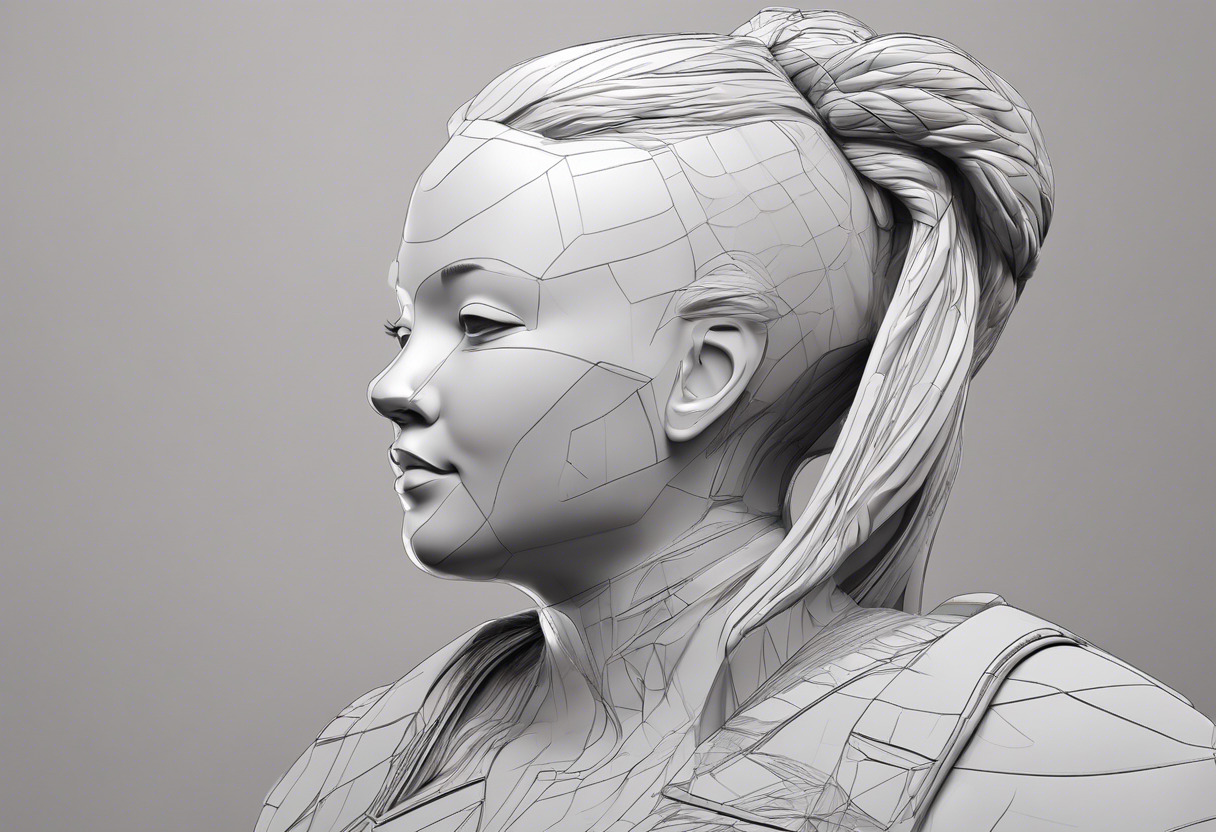
FOR EXPERIENCED MODELERS AND INDUSTRIAL VISUALIZERS
Hunting for deep customization options with efficient animation exporting for game engines? Inject sophistication into your work with Modo – the 3D modeling champ.
- Procedural modeling for rapid iteration
- 3D project management from sketch to realization
- Native rendering engine for stunning output in less time
- Affordable annual subscription with extensive training

FOR THE GAME DEVELOPERS
Modo shines for game developers craving flawless integration between modeling, animation, and rendering. It’s a tool that syncs perfectly with game engine requirements like inefficient animation exporting.
- Ease of customization via custom tools, gestures, and scripts
- Rapid iteration enabled
- Used by mobile gaming giant Wooga
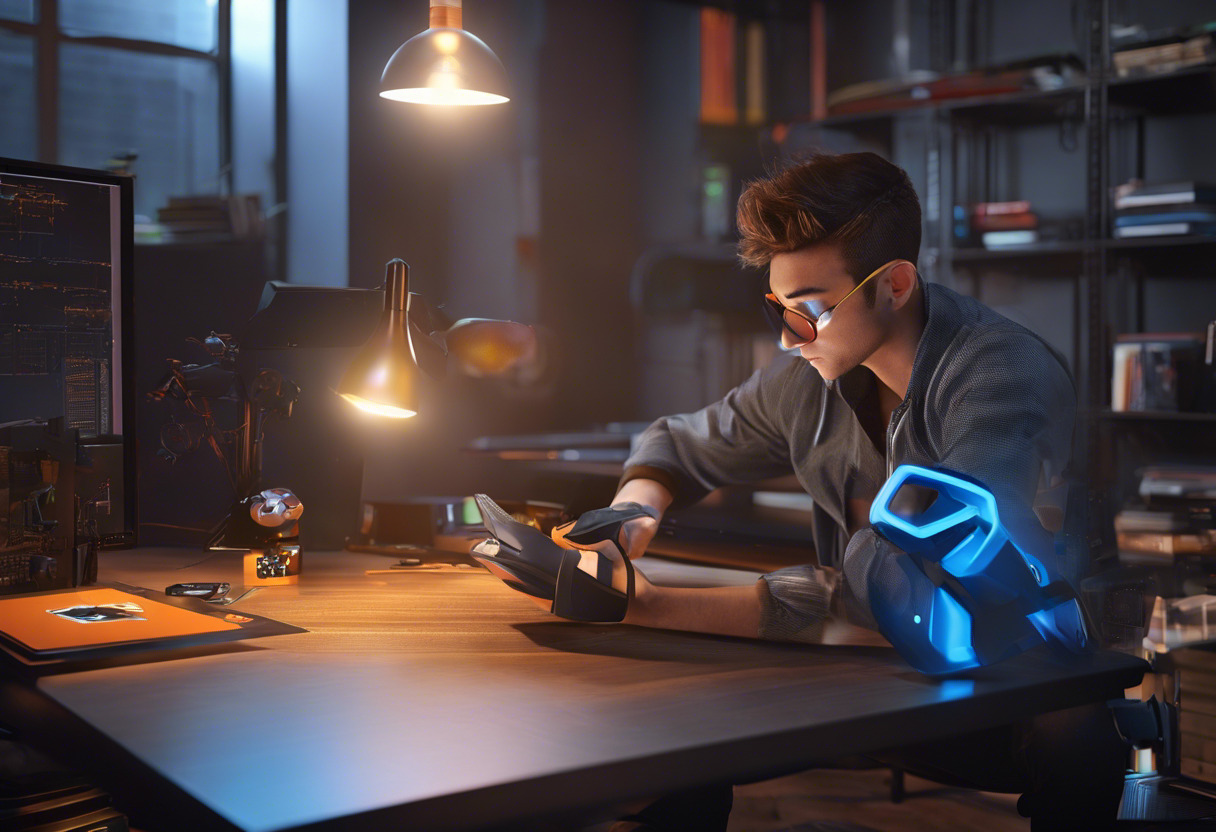
Considering functionality, utility, and cost – Modo’s versatility makes it the choice for seasoned professionals, whereas Mudbox’s simplicity and affordability make it a beginner’s ally. Ultimately, your unique needs determine your pick.
Logan Bellbrook
Content writer @ Aircada with a knack for nature & AR/VR/XR. Blogging the intersection of tech & terrain.




